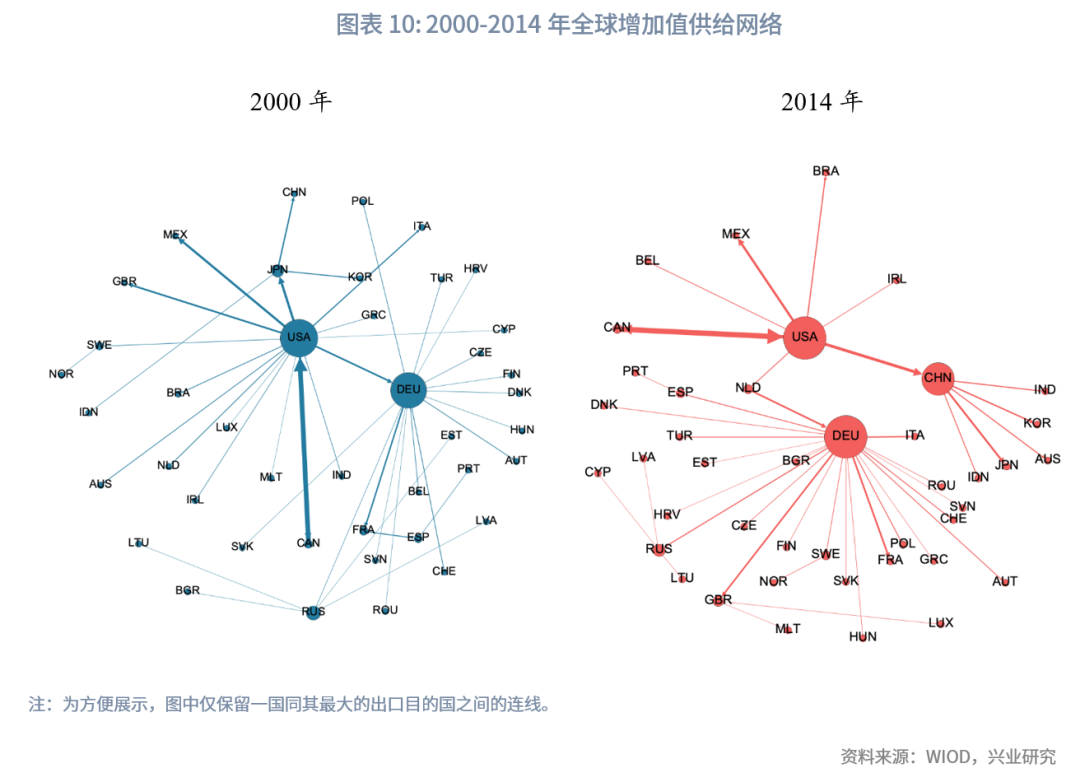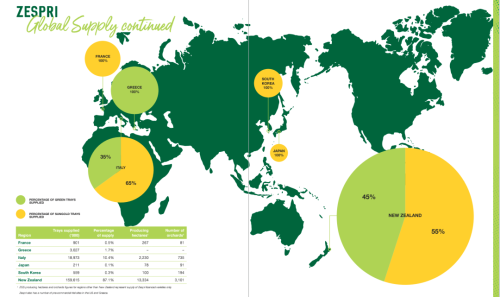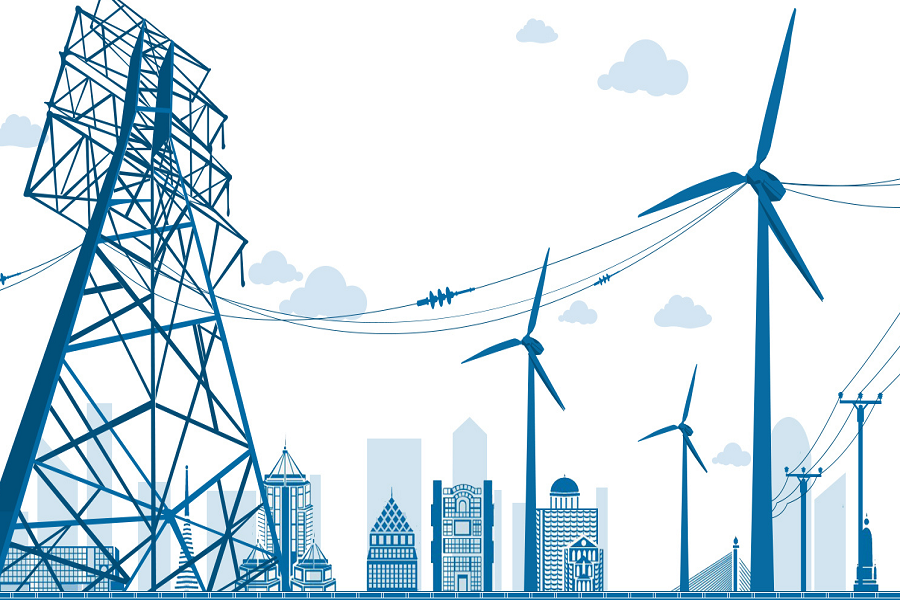作者:金刻羽(伦敦政治经济学院经济学终身教授)
转自:网易研究局《金刻羽:为什么说我们可能面临1930年代的经济大萧条?》2020.03
目前,世界正面临着类似1930年代经济萧条的前景,或许是2009年经济大衰退的几倍。对大多数人来说,这可能是我们一生中经历的最大的经济事件。这场流行病可与1918年袭击西班牙的大流感相提并论,那场流感当时感染了西班牙1/4的人口,并且有5000万人死亡。仅仅在两个月前,大多数人还认为这场新冠病毒只是一种中国现象,或至多发生在亚洲,就像SARS,我们没有料想到它会在世界其他国家有爆炸式的传播。与1918年相比,现代医学和科技得到了进步,但世界范围内的联系也越来越紧密,每天有1200万人次通过乘坐飞机在各个国家之间流动。
在目前的情况下,我们面对的不是像2009年的经济衰退时那样,美国的产出下降5%,而是美国和全球的产出下降40%的可能性。这一次,不是信贷紧缩导致的银行体系的瘫痪,消费乏力蔓延到实体经济。如今,实体经济的很大一部分完全陷入停滞,这种影响将会进入金融系统,并且重新回来第二次冲击实体经济。
在2008年经济大衰退的高峰时期,美国每个月损失80万个工作岗位,如今的境况将是每周损失数百万个工作岗位。政策制定者在美国失业率达到10%时畏缩不前,如今他们在讨论的失业率徘徊在30%左右。在典型的经济衰退中,企业解雇工人是因为社会缺乏消费。如今,企业的做法直接导致大规模失业,因为它们不能也不应该让人们重返工作岗位。然后,当陷入困境的家庭和企业削减开支时,就会出现第二轮的裁员潮。
我们拿餐饮业举例,在美国,这是个规模接近一万亿美元的行业。还没有考虑到航空、旅行、娱乐、教育和一些必须面对面的服务。服务业约占到整体GDP的80%,那么,我们很容易就能明白,为何40%的产出会一夜蒸发。和2008年最大的区别在于,如今很多基础面良好的企业也会破产,因为他们没有生意可做。在2008年金融危机中,美国一些大银行濒临违约,政府当时出手拯救了银行。如今,政府需要出面拯救一切——包括她的人民、中小企业、银行和金融机构。
与整个经济衰退时期相比,全球主要经济体的政府承诺的一揽子援助规模已经大得多了。美联储已经承诺无限购买美国债券,美国财政部通过了美国现代历史上最大规模的2万亿美元经济刺激计划。历史上一贯吝啬的欧央行已经承诺购买约1万亿欧元的欧洲债券。其口号是:竭尽全力。他们声称自己正在面临二战以来最大的危机!
不过人们很容易理解,尽管货币政策反应迅速且规模庞大,但其效果是有限的。原因是这样的:2007年冻结了支出和信贷,消费者和企业负担不起重新贷款。因此,旨在降低利率和提供信贷的货币政策可以迅速帮助重启借贷和支出。然而,当由于社会成员产生距离,企业无法持续业务,或是由于隔离措施限制了人们正常工作,那么货币政策就很难使经济活动恢复正常。
我们是否会面临经济萧条或衰退,要看新冠病毒在全球的传播会持续多长时间。如果所有国家都能够采取像中国这样严厉的措施,或者甚至是采取像新加坡、韩国和日本这些国家这样较为温和但有效的措施,我都不会如此担心。但西方国家不像亚洲国家。首先,他们没有经历过SARS的经验,反应迟钝,很晚才意识到问题的严重性。其次,仅仅在几周的强制隔离,甚至只是要求避免聚集之后,就已经怨声载道。请注意:这甚至还不是隔离,这只是避免聚集。英国首相鲍里斯•约翰逊(Boris Johnson)宣布采取隔离措施的几天后,他父亲却说去酒吧喝酒是一种“必要活动”,有需要的时候他一定会去。我认识的一对住在豪华的乡村庄园的70多岁高龄的英国夫妇告诉我,如果被要求再隔离一个月,他们会发疯的。我之前在纽约的同学说,纽约人不可能在家里待太久,他们宁愿感染这种病。而且最有可能发生的事情是——他们受够了,最终会发展成为群体免疫力。
因此,不仅仅是我们的文化、政治制度、公共设施不同,我们的人民也是不同的。与西方人相比,东亚人是一个更顺从的群体,就像与意大利人相比德国人也是这样。与欧洲人相比,美国人需要的社会娱乐活动更少。上周末巴黎天气很好,法国人不愿错过离家去海滩的机会。 但是不管是美国人还是欧洲人——他们都厌恶被管制的感觉。他们对技术监视也持怀疑态度,即使危及他们的生命也是如此。
上述的所有意味着不同国家在应对这一流行病时,将采取截然不同的方法。大多数工业化国家采取的是缓解措施,推迟高峰期的到来,而不是采取极端措施去遏制病毒。但这也将意味着他们延误了工作和经济的恢复。在中国,我们停止了所有社会活动大约一个月左右,企业正在恢复生机,许多业务已经完全恢复,但西方经济不会如此。按照他们的策略,经济恢复少则需要6个月,甚至更久。如果出现二波感染的爆发,则可能需要18个月,或者直到治疗方法和疫苗的出现才能恢复正常。如果世界主要经济体出现12-18个月的经济停滞,我们将面临的是比大萧条更严重的挑战。
因此,我们不能根据中国的抗疫经验来分析世界经济的前景。尽管国内已经没有多少新的确诊病例,但社会行为已经发生了根本性的变化。恢复正常工作后,我们仍然需要观察是否会出现第二波感染,如果没有,我会对中国的经济恢复更加乐观。一旦西方国家的感染率开始下降,股票市场就会恢复正常。到目前为止,6万亿美元的股票市值已经蒸发,但最糟糕的时刻还没有到来。
中国国内的经济规模足以防止我们的产出出现大幅下降。但是,当我们的经济恢复正常时,世界其他地区将陷入困境。不仅是出于战略利益,而且还是道德要求,这都是我们在这个世纪对世界各国施以援手的机会。在国际社会中如此难以建立的信任,将通过我们对人道主义援助真诚而实际的践行来实现。
附英文原文:
Why are we facing a 1930‘s Economic Depression?
The world is currently facing the prospects of an Economic depression akin to that of the 1930’s, perhaps 10 times the size of the Great recession of 2009. For most of us, it will be the biggest economic event of our lifetime.
The pandemic that has attacked us is comparable to the 1918 Spanish flu, which infected about 1/4 of the population and where 50 million people had died. Only two months ago, most of us believed that the coronavirus will be a Chinese phenomenon, or at most an Asian phenomenon, like SARS. Little did we expect that it will explode in the rest of the world. Compared to 1918, modern medicine and technology has advanced, but we also have vastly greater interconnections around the world, with 12 million people flying each day .
What we are potentially facing is not a 5% drop in U.S. output, as was the case of the Great Recession in 2009, but a 40% drop in U.S. output and economies around the world. This time around, it is not a paralysis of the banking system where credit is squeezed, and lack of spending spills over to the real economy. Today, it is that a large part of the real economy will be in a complete stall, which will in turn break the financial system, and then come back to affect the real economy a second time round.
During the height of the Great Recession of 2008, the U.S. economy was losing 800,000 jobs per month. Today, it is losing millions of jobs per week. Policymakers balked at a peak of 10 % unemployment rate in the U.S.; today, they are talking about a number that hovers around a 25% unemployment rate. In a typical recession, businesses lay off workers because consumers do not spend enough. Today, businesses destroys employment because they cannot and should not bring people back to work. And then----when distressed families and businesses cut back on spending, there is a second round of layoffs.
Take the restaurant sector alone. In the U.S., it is a trillion dollar sector. This does not take into account air travel, tourism, entertainment, education, and face to face services. The service sector as a whole is about 80% of GDP. It is easy to see how a 40% evaporation of output can occur in no time. The main difference is that fundamentally sound businesses today may go bankrupt because there is no business. In 2008, a few major banks were on the verge of default. Today, the government has to come out and rescue its people, its businesses large and small, and its banks.
The financial assistance packages that major governments around the world are promising are already on a much larger scale than during the whole of the Great Recession. The Fed has already promised to buy US bonds of `infinity and more’. The Treasury is currently trying to pass a 2 trillion dollar fiscal stimulus, which is the largest fiscal stimulus package in modern U.S. history. The European central bank, which been historically stingy, has pledged to buy about 1 trillion euros worth of European debt. Its motto is : do whatever it takes. They have claimed that they are facing the biggest crisis since World War II!
But it is easy to understand why monetary policy will be limited in its efficacy despite their rapid response and scale. The reason is that in 2007, it was spending and credit that was frozen. Consumers and businesses cannot afford to replay loans or get new ones. So monetary policy aimed at cutting interest rates and making credit available can help jumpstart borrowing and spending. But when businesses are effectively shut down because of social distancing, because businesses cannot get components, or because quarantines limits people’s ability to work, it is not monetary policy that can jumpstart economic activity.
I would not be so concerned if all countries can take as draconian measures as our country has taken, or even the more moderate but effective measures that Singapore, Korea and Japan have adopted. But the Western countries are not like Asian countries. First of all, they have not had the experience of SARs, and are slow to react and to recognize the severity of the problem. Second, the people are already complaining of being quarantined after only a few weeks or in many cases a few days of mandatory social distancing. Attention: it is not even quarantine---it is social distancing. Days after the UK prime minister Boris Johnson announced social distancing measures, his father had said suggested that going to a pub may be a `necessity’, and that he would go anyway. My British friends over 70 years old who are staying at luxurious countryside estate have told me that they will go crazy if they are required stay there for one more month. My former classmates in New York said that there is no way that New Yorkers can be kept in their homes for too long. They’d rather get the disease. And---what is most likely going to happen is that they will be fed up, and everyone will end up developing herd immunity.
Thus, it is not only that our culture, political systems, public infrastructure are different. Our people are different. Compared to Westerners, East Asians are a more compliant group. So are the Germans—compared to the Italians. Compared to Europeans, Americans crave and need less socialization. Last weekend saw good weather for Paris, and the Frenchmen could not miss the opportunity to leave their homes for the beach. But from Americans to Europeans--virtually all of them hate perceived notions of suppression. They are also skeptical of technological surveillance even if it is their lives that are at stake.
All of this means that different countries will take very different approaches in fighting the epidemic. Most industrialized countries have taken the approach of mitigation, delaying the peak, rather than radical measures to contain the virus. But that would mean that they delay the resumption of work and the economy. In China, we stopped all activities for about a month or so, and businesses are springing back to life, with much of the operations fully recovered. That would not be the case for Western economies. With their strategy, it will take at least 6 months for the economy to go back to normal, if not longer. If there is a second wave of infections, then it may take 18 months, or whenever a cure and a vaccine is available. If we are facing a 12-18 month halt in economic activities in major economies around the world, we will be facing a challenge even greater than the Great Depression.
Thus, we cannot analyse the prospects of the world economy based on our own experience. Even though there are barely any more new cases arising inside China, social behaviour has fundamentally altered. We will still need to see if a resumption of work can spark off a second wave of infection. If not, I would be more optimistic of China‘s economic recovery. As soon as we see the infection rates starting to decline in Western countries, the stock market will start to come back. So far, 6 trillion dollars of stock market value has already been wiped out and we have yet to see the worst.
The size of our domestic economy is sufficient to prevent a major decline in our output. But the rest of the world will be tanking as we come back to life. It is an opportunity of the century for us to help the rest of the world, not only out of strategic interests, but also out of a moral imperative. The trust that has been so difficult to build in the international community will come about through our genuine and practical efforts of humanitarian assistance.
(作者为哈佛经济学博士、伦敦政治经济学院经济学终身教授)





















